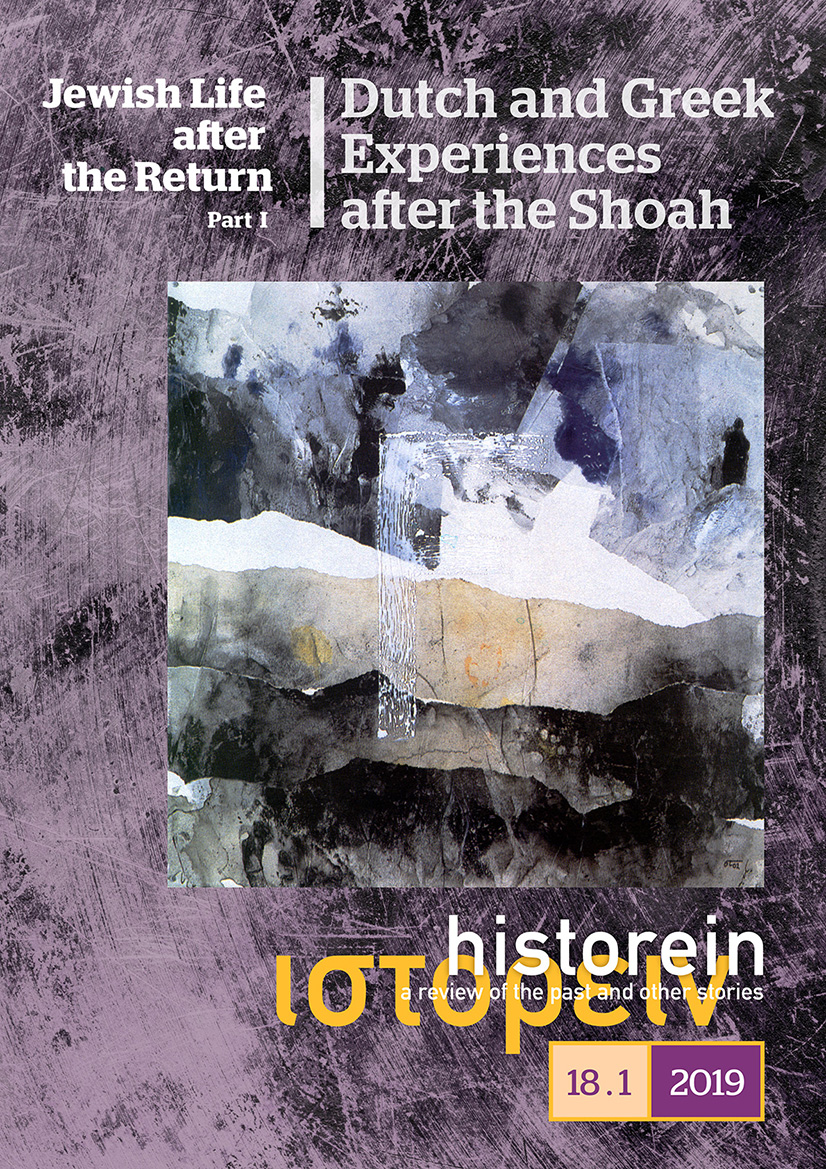The Emergence and Construction of the Memory of the Shoah in Greece (1945–2015): From Oblivion to Memory

Abstract
The genocide of the Greek Jews was almost total, with the extermination rate of more than 80 percent much higher than in most Western European countries. Nonetheless, the decades that followed the end of the war, the liberation of the camps and the difficult return of the survivors were ones of silence. Greece was no exception to the oblivion that shrouded the event for decades internationally. On the contrary, compared to other Western countries, there was a longer delay in recognising this memory at the level of both the state and of society. If it was established internationally in the 1980s, this memory (and the associated historical studies and publication of testimonies) in Greece began in the early 1990s. Since 2004, the interest of the state began to manifest itself in practice. Even so, the question remains whether this memory has been recorded in the collective memory of Greek society. This article attempts to outline the long and painful course from oblivion and silence to the emergence and reconstruction of the cultural memory of the Shoah in Greece, noting the most significant events that it comprises.
Article Details
- How to Cite
-
Varon-Vassard, O. (2019). The Emergence and Construction of the Memory of the Shoah in Greece (1945–2015): From Oblivion to Memory. Historein, 18(1). https://doi.org/10.12681/historein.14399
- Section
- ARTICLES

This work is licensed under a Creative Commons Attribution-NonCommercial-ShareAlike 4.0 International License.
The copyright for articles in this journal is retained by the author(s), with first publication rights granted to the journal. By virtue of their appearance in this open access journal, articles are free to use (with the exception of the non-granted right to make derivative works) with proper attribution for non-commercial uses (licence Creative Commons 4.0). EKT/NHRF retains the worldwide right to reproduce, display, distribute, and use articles published in Historein in all formats and media, either separately or as part of collective works for the full term of copyright. This includes but is not limited to the right to publish articles in an issue of the Journal, copy and distribute individual reprints of the articles, authorize reproduction of articles in their entirety in another EKT/NHRF publication, and authorize reproduction and distribution of articles or abstracts thereof by means of computerized retrieval systems.

